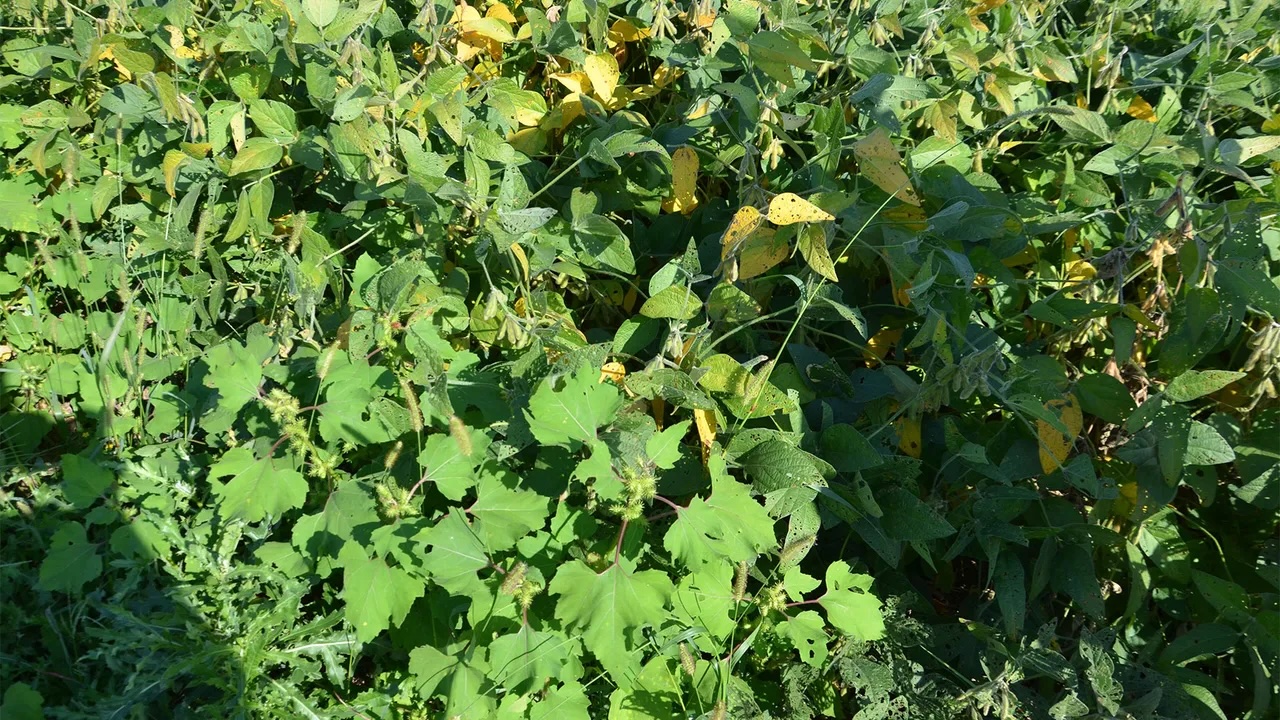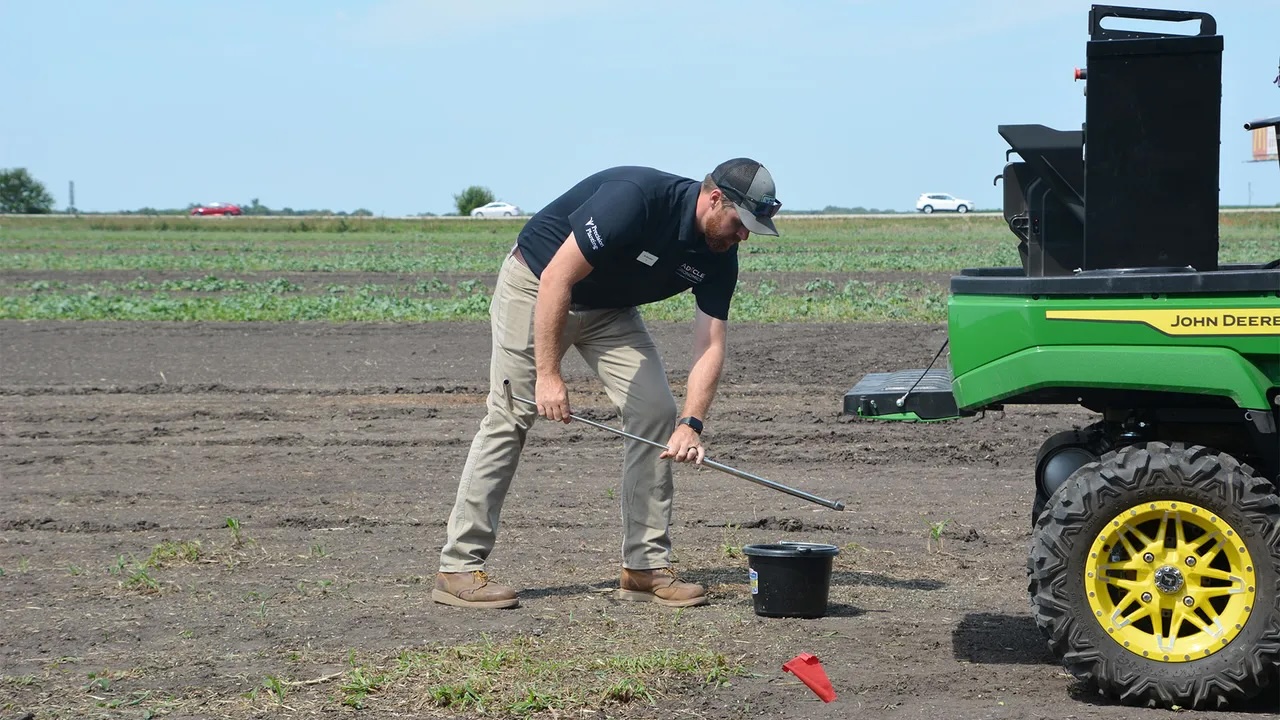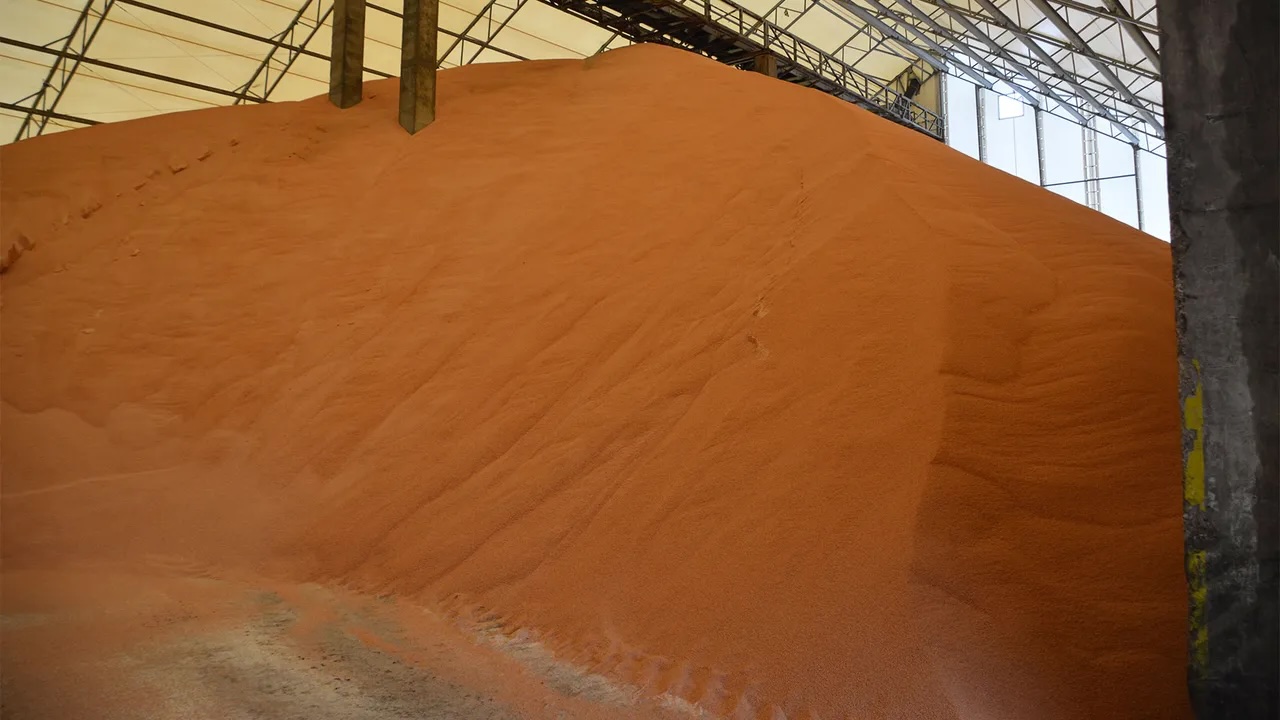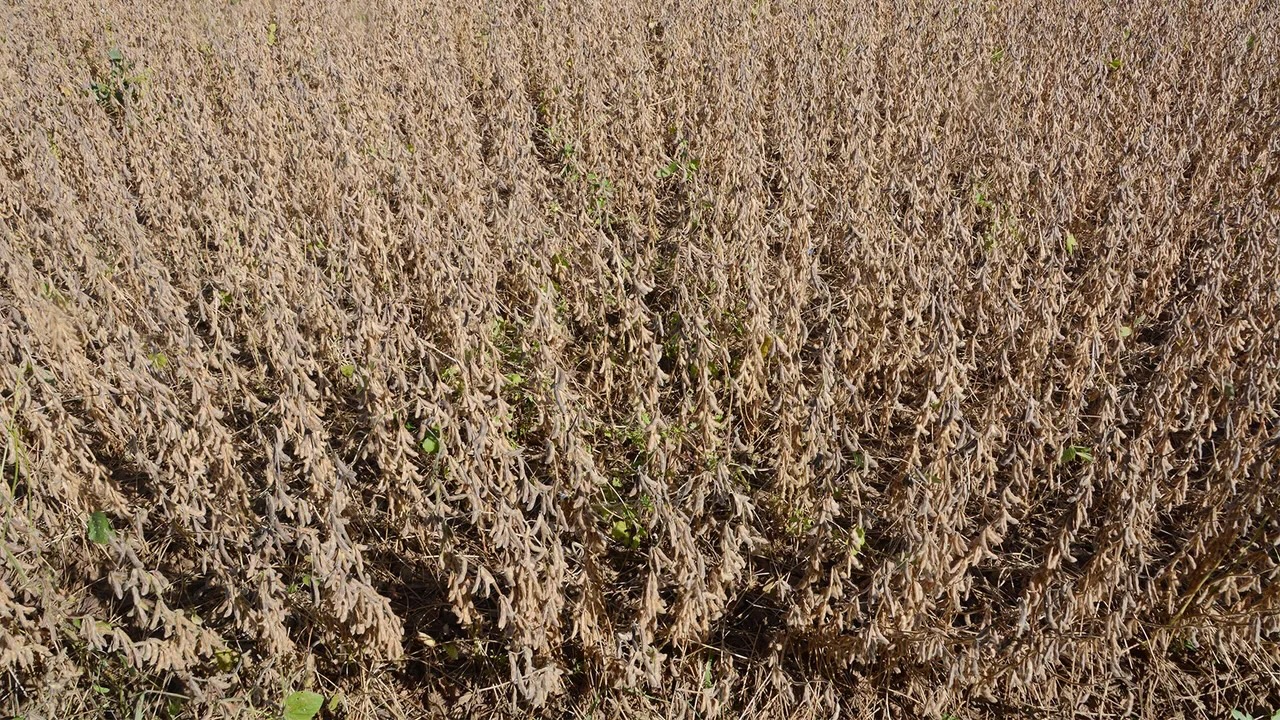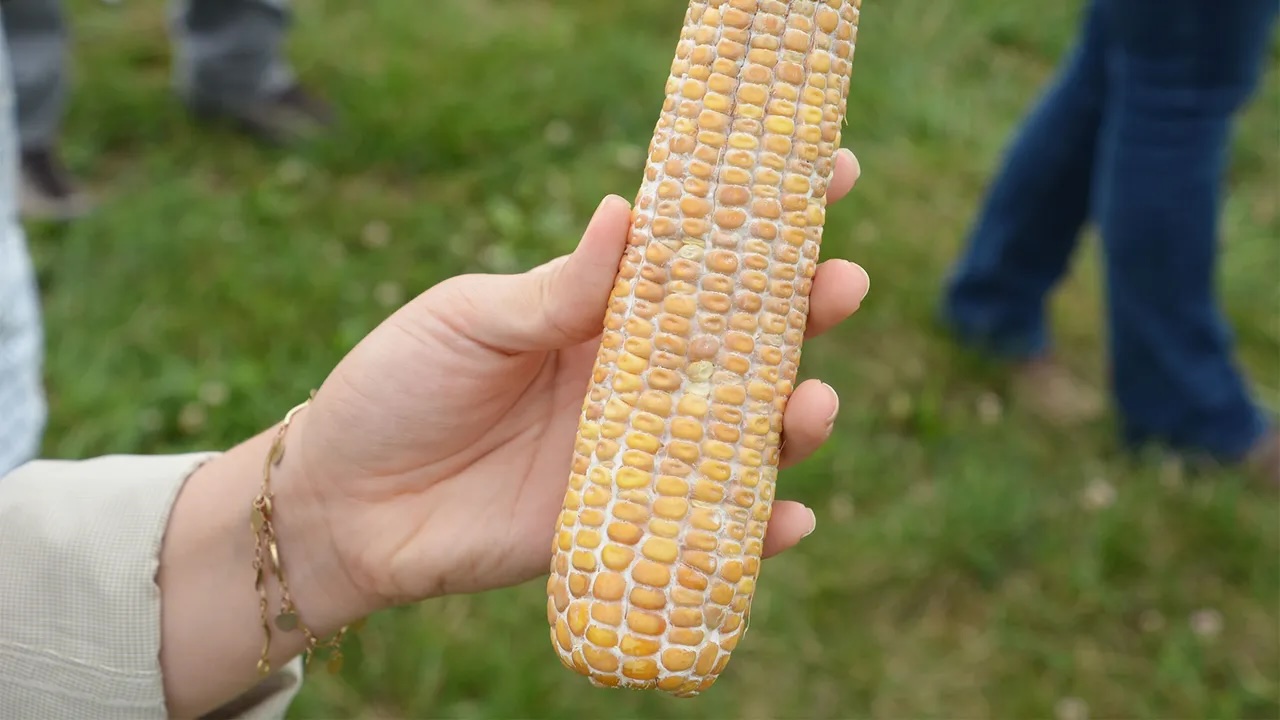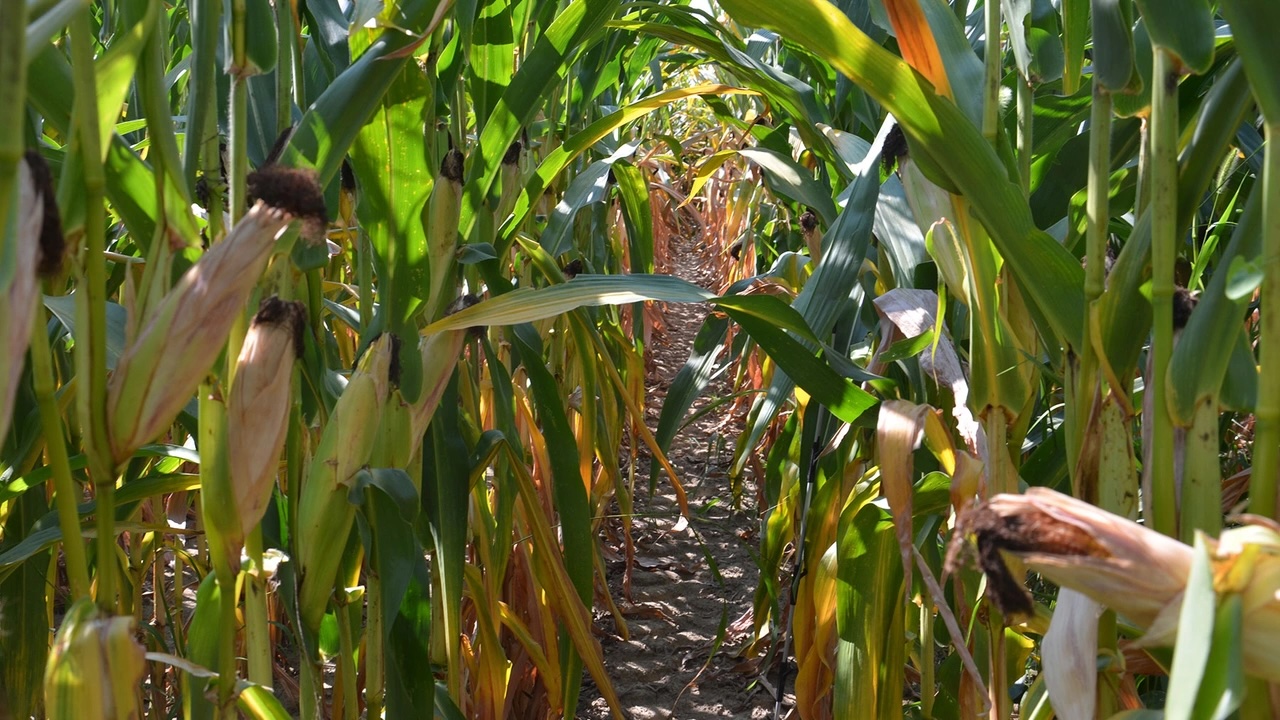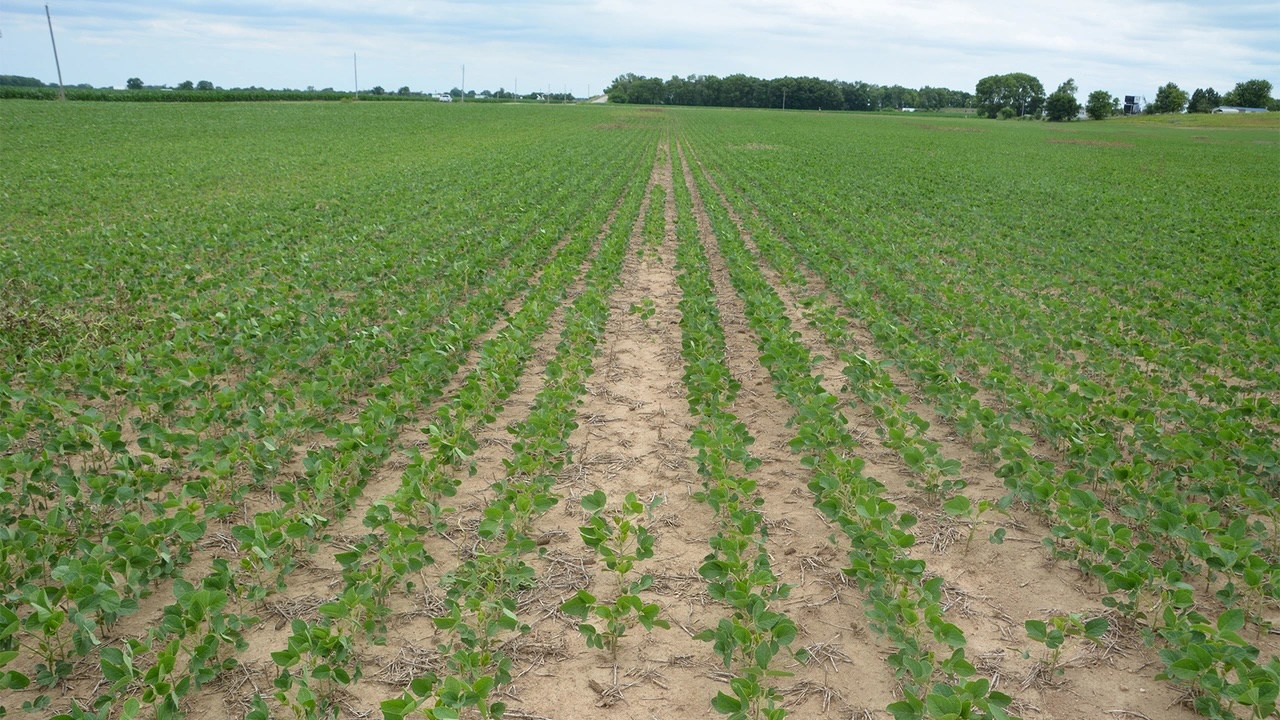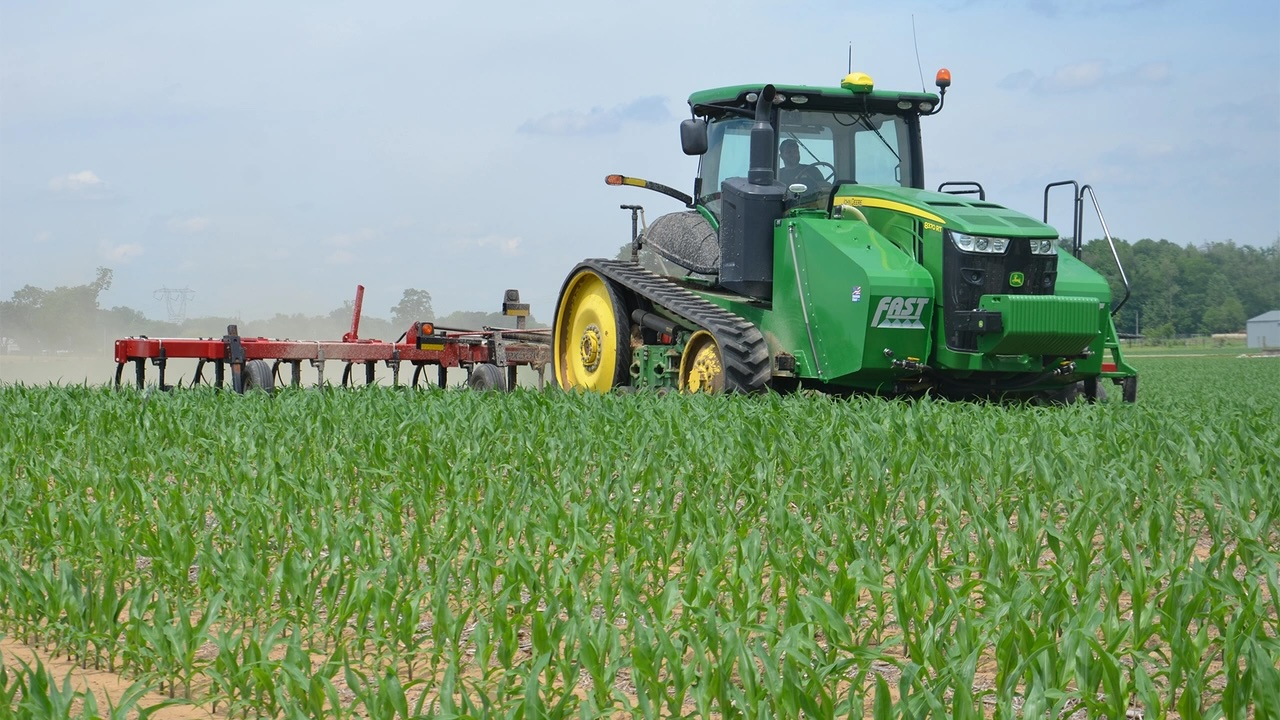How to prevent corn harvest losses
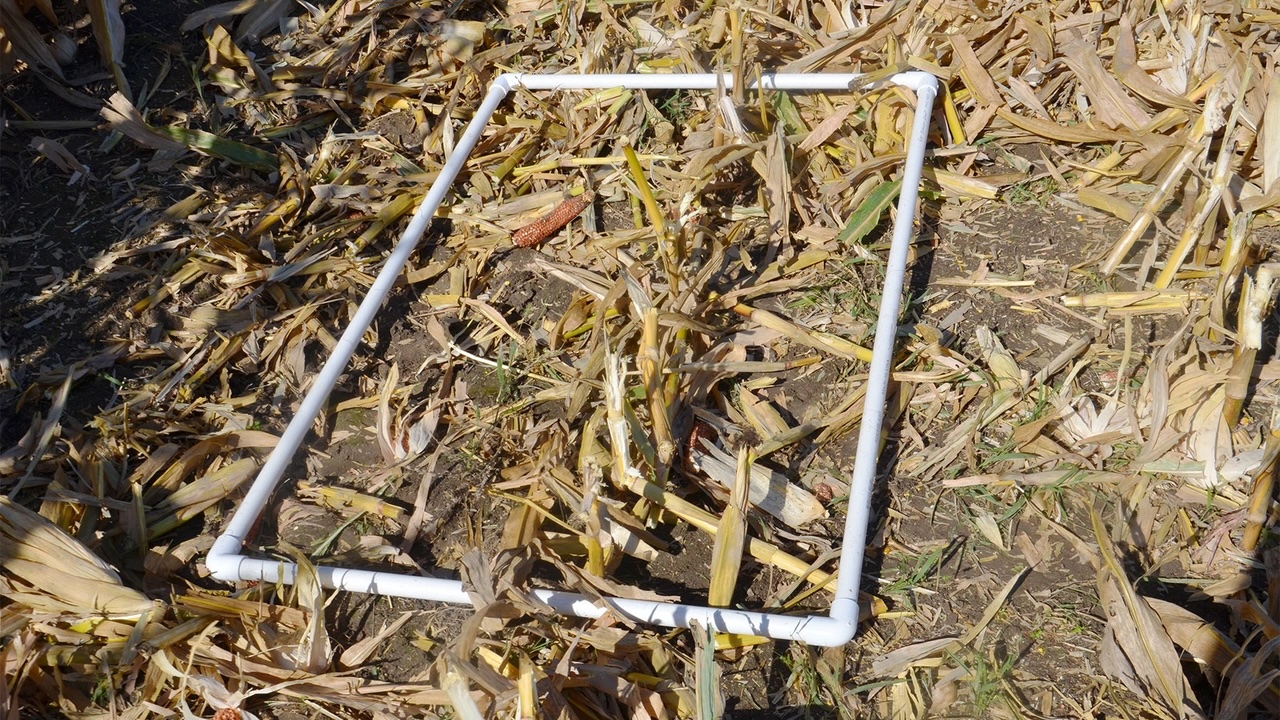
Answers are from the Indiana certified crop adviser panel: Dan Ritter, Dairyland Seed agronomist, Rensselaer; Bryan Overstreet, soil conservation coordinator, Rensselaer; Steve Gauck, Beck’s agronomist, Greensburg; and Dan Quinn, Purdue Extension corn specialist.
Many people like harvesting corn under 20% moisture. I don’t like shelling that occurs at the head. How can I cut down on this loss, especially if corn is very dry?
Ritter: To calculate harvest loss, run the combine at normal field speed. Shut the thresher and header off and back up. Mark where only the header ran, and mark where both the header and separator ran at the rear of the combine. Count the grain lost at the header area to determine header loss. Use this number to subtract from where the whole machine has run. This will help determine how much is being lost through the separator. Two kernels per square foot is equivalent to 1 bushel per acre lost. Here, the basics of header speed, cylinder or rotor speed and clearance, and fan settings all come into play.
Overstreet: To determine preharvest loss, scout a portion that has not been harvested yet to see how much ear drop you have. To determine header loss, run the combine through the field. Stop and back up 20 feet. Inspect 10 square feet by dropping down a 2-by-5-foot frame. Every 20 kernels you find in that frame equals 1 bushel lost.
Do the same thing behind the combine. Subtract header loss from total loss behind the combine to get just loss behind the combine. Finally, count the kernels still attached to the cob fragments. Add the three together to get your total loss.
Reduce ear drops by harvesting earlier or selecting different hybrids next year. Minimize header loss by setting snapping rolls to fit stalk width and running rollers at the same speed as ground speed. Adjust cylinder or rotor speed to minimize threshing losses and kernel damage. Loose kernel loss can be affected by fan and shoe settings. Adjust combines in fields where stressed plants produced lighter kernels.
Gauck: Harvesting corn above 20% moisture gives the best yields and higher-quality grain. To check header loss, create a 1-by-1-foot square to throw in the field behind the combine and the corn head. Two kernels per square foot equals about 1 bushel per acre lost.
Compare this to the back of the combine to see if your settings are correct. The biggest challenge is remembering to check these settings every time you change hybrids, delay harvest or face a weather event.
To curb losses, start at the front of the corn head and work back. Deck plates should be narrower in the front than in the back, and if you have smaller ears, narrow plates to catch them. Check your rotor and concave speeds. Ultimately, increasing harvest moisture just slightly helps the most.
Quinn: One way to assess the amount of yield being lost out the back is to harvest a 20-foot-long pass and count kernels present in a small defined area on the soil surface. Research shows that 20 kernels in a 2.5-by-4-foot square is equivalent to 1 bushel lost.
If corn is very dry and harvesting earlier is not possible, it will be important to assess and adjust combine settings, such as fan speed, deck plants, concave and ground speed. There are also new technologies becoming available that sense and monitor harvest losses on the machine and may be helpful to reduce harvest losses.


